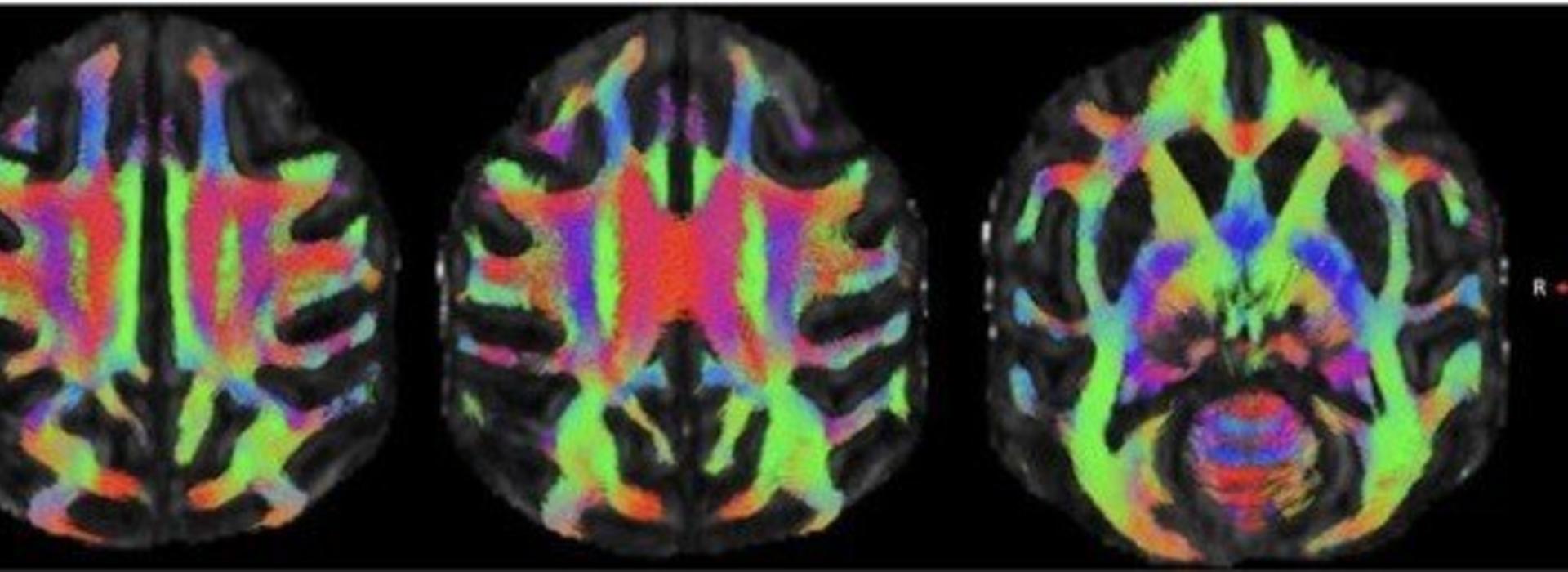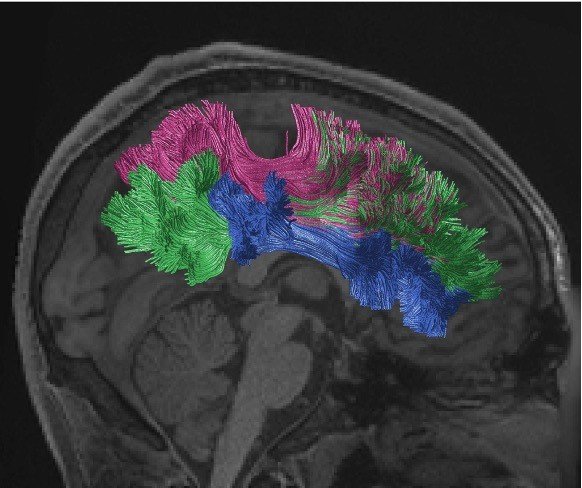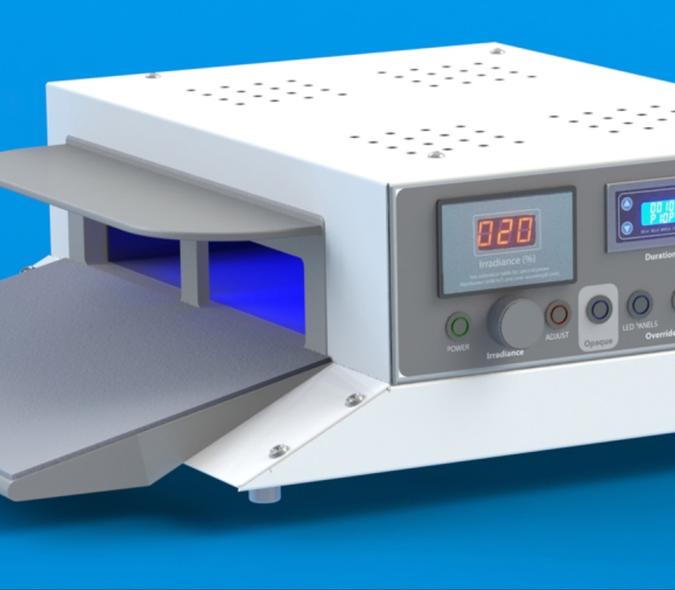
Brain Connections
Imagine looking at a map with mediocre resolution. The further you zoom in, the less clear everything becomes. This is a problem neuroscience researchers face when trying to understand the wiring schemes of the brain. Without fine-tuned resolution, most of the connections are guessed at rather than seen directly.
Faced with this problem, Kamil Ugurbil and his team at the U helped develop clearer MRI imaging for the brain through the Human Connectome Project, which lasted 2010-2015. This year, Ugurbil is leading another team to take the resolution to the next level through the new Center for Mesoscale Connectomics.
“The Human Connectome Project was a huge success in the neuroscience world – it created a publicly available MRI data set which allowed very high quality MRI. It's how most scientists do MRI research on the brain today,” says Sarah Heilbronner, an associate professor of neurosurgery at Baylor University who was previously at the U and is co-leading the new Center with Ugurbil. The next step, according to Heilbronner, is mapping the brain at axon-level resolution – in other words, at the “mesoscale”. Such maps will have significant functional implications in understanding brain diseases. With the help of IEM’s Center Accelerator, Heilbronner and Ugurbil’s team was awarded 1 of 11 competitive NIH BRAIN CONNECTS grants, which established the Center for Mesoscale Connectomics.

The new Center’s research will use “diffusion tractography” to create high-resolution diagrams of living human brains. “Tractography is a non-invasive process of linking local axonal orientation information to build long-range brain connections,” says Christophe Lenglet, an associate professor at the Center for Magnetic Resonance Research who is a principal investigator in the new Center. “Our problem is that current diffusion MRI tractography only allows us to know in a broad sense how those axons are organized. It’s like having a blurry representation of the diagram.”
To solve this problem, the team will develop a mathematical model to understand and minimize the orientational uncertainties of the diffusion MRI data. “With our five-year plan, the Center is first looking at the frontal parietal circuits, which are important for decision making, attention, and executive control. Near the end, our Center and the wider BRAIN CONNECTS program hope to create a database that covers the whole brain,” says Heilbronner.
The new Center for Mesoscale Connectomics includes 27 researchers from 9 institutions, including Vanderbilt University in Tennessee, the Allen Institute for Brain Sciences in Seattle, and Oxford University in the U.K..
With the new Center, the new team expects to lay a new foundation for treating brain disorders. “Many brain diseases are disorders of brain connectivity, including mental illnesses, psychiatric disorders, addiction, and neurological disorders. We aim for our research to establish what brain connectivity is so that scientists and physicians can learn how to repair it and effectively treat patients,” says Heilbronner.



